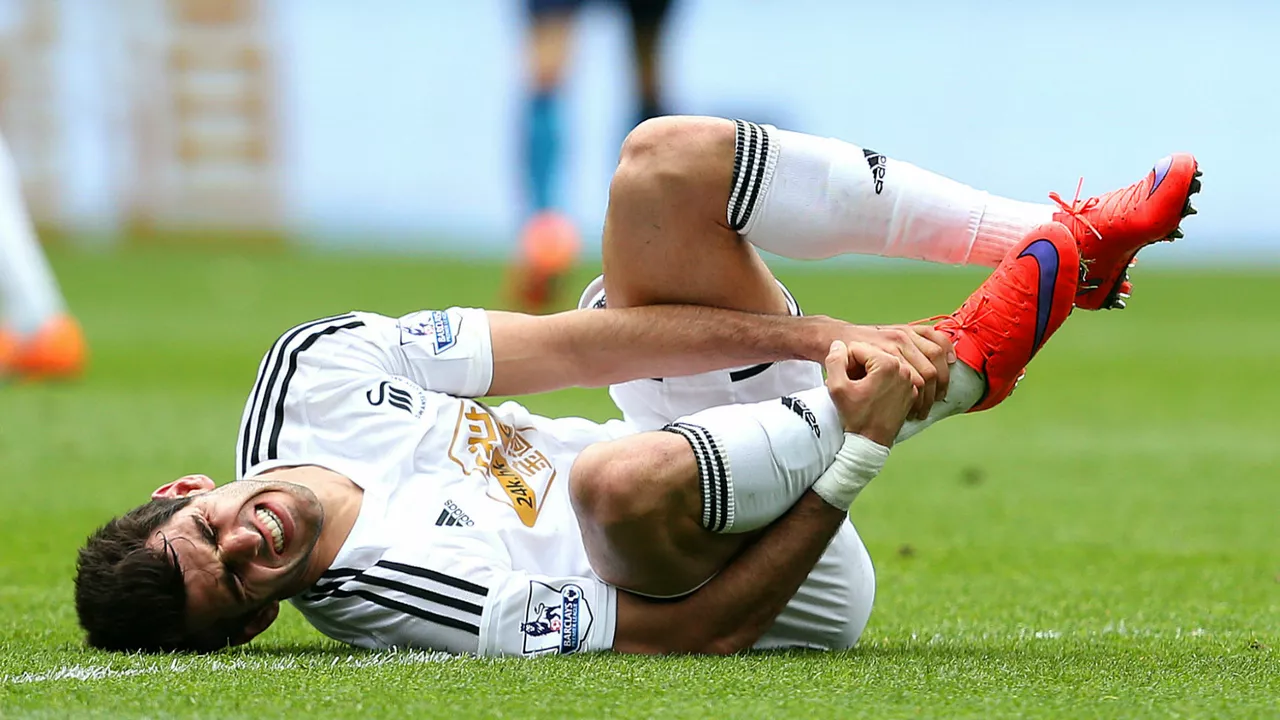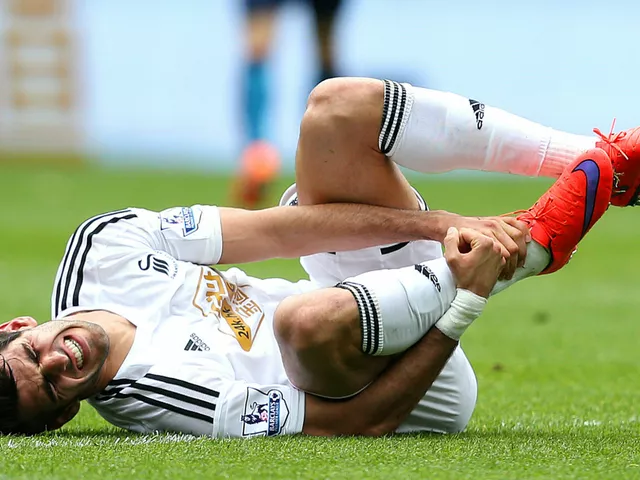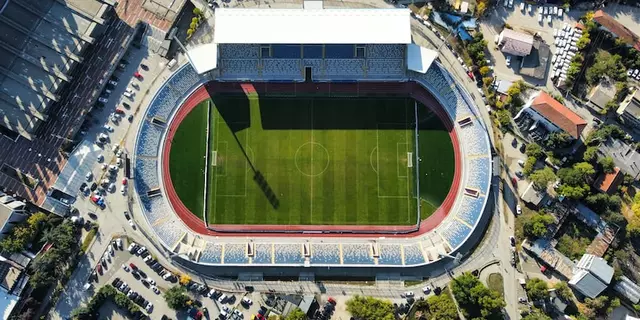
Understanding the Game of Soccer
The game of soccer, also known as football in many parts of the world, is a globally loved sport that requires not just stamina and physical strength but also strategic planning and team coordination. The game involves two teams of eleven players each, trying to get the ball into the opponent's goal using any part of their body except their arms and hands. Each player has a specific position and role to play, and each position comes with its own set of challenges and risks.
The Role and Risks of Different Positions
Each position in soccer has a unique function and demands specific skills. For instance, goalkeepers are solely responsible for protecting their team's goal and are allowed to use their hands within the penalty area. Defenders, on the other hand, work to block the opposing team from getting to their goal. Midfielders control the game's flow, passing the ball and setting up plays. Forwards, also known as strikers, have the main job of scoring goals.
With each role comes a certain level of risk. Goalkeepers, for instance, are at risk of collision injuries due to their position and role. Defenders often suffer from overuse injuries due to the physical demands of their role while midfielders and strikers are more prone to lower body injuries due to constant running and kicking.
Identifying the Most Dangerous Position
While every position in soccer comes with its own set of risks, many experts argue that the position of goalkeeper is the most dangerous. This is due to the fact that goalkeepers are expected to block shots that can come at speeds of up to 100 km/h. Additionally, they often find themselves in situations where they have to dive, jump, or collide with other players, making them prone to a range of injuries including concussions, fractures, and sprains.
The Risks Goalkeepers Face
Goalkeepers are at a high risk of sustaining serious injuries due to the nature of their role. They often have to dive or jump to save goals, putting them at risk of landing awkwardly or colliding with goalposts. They are also more likely to sustain head injuries as they often have to use their head to block shots.
Not only this, but goalkeepers are also at risk of overuse injuries. They often have to use their upper body to throw the ball, putting strain on their shoulders. Repeated strain without adequate rest can lead to serious injuries such as rotator cuff tears.
Reducing the Risks
Despite the inherent risks associated with the goalkeeper position, there are ways to mitigate these risks. Proper training, including strength and conditioning exercises, can help prepare the body for the physical demands of the position. Wearing the right protective gear, such as helmets, gloves, and pads, can also significantly reduce the risk of injury.
Moreover, it is important for goalkeepers to learn the correct techniques for diving and jumping to prevent injuries. Regular breaks and adequate rest are also crucial to prevent overuse injuries. Lastly, following a proper warm-up and cool-down routine can help prepare the body for the game and speed up recovery after the game.
Conclusion: Respect the Risks, Enjoy the Game
Soccer is a physically demanding sport that requires a high level of skill, stamina, and strategic thinking. While every position has its own set of risks, the position of goalkeeper stands out as the most dangerous due to the high risk of injuries from collisions, falls, and overuse. However, with the right training, gear, and techniques, the risks associated with this position can be significantly reduced.
Despite its risks, soccer remains a much-loved sport worldwide due to the thrill and excitement it offers. So, whether you are a goalkeeper, a defender, a midfielder, or a striker, always remember to respect the risks, enjoy the game, and most importantly, play safe!


Write a comment